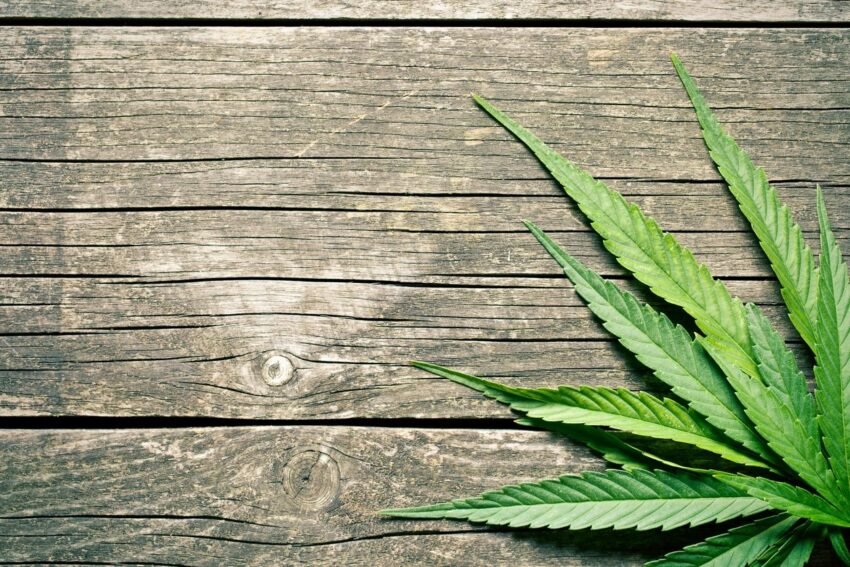It seems like just yesterday that pro-cannabis Arizonans were canvassing Phoenix streets looking for signatures to get recreational regulations on the ballot, yet less than a year later, adult-use dispensaries are open and servicing customers around Maricopa County. Though other parts of the state have yet to establish their own recreational rules — and many likely will continue to ban cannabis altogether — you absolutely can head into almost any dispensary to buy bud, as long as you are older than 21.
However, just because you can doesn’t necessarily mean that you should — at least not until you learn a little more about weed. To prepare you for your first dispensary visit, here are a few terms you need to commit to memory:

Budtender
The hardworking and friendly folks you see working behind the counters at your dispensary are cleverly called budtenders. Like the bartenders who purvey alcoholic beverages and wisdom at your local bar, budtenders are equipped to furnish you with similar solutions of the sticky, green persuasion. A number of budtenders working in Arizona cut their teeth in Denver dispensaries, so they know how to help newcomers and experienced stoners alike. If you are a medical cannabis user, you shouldn’t hesitate to ask your budtenders for recommendations based on your medical condition, as long as you are comfortable revealing health information.
Extract vs. Concentrate
It is common to see these terms used interchangeably in dispensaries and by cannabis aficionados, and amongst pedants, there remains disagreement about how these terms could apply to different cannabis products. In practice, you should expect to see both terms “extract” and “concentrate” applied to products that are made from derivatives of the cannabis plant. Manufacturers use various processes to separate certain compounds from the vegetable fiber and fats of the cannabis plant. These compounds can then be sold on their own, under names like “budder” and “shatter” which are often smoked in a special dab rig, or further manufactured into other products, like tinctures and oils.
THC vs. CBD
The most important compounds in cannabis are called cannabinoids, and the most prevalent of cannabinoids are tetrahydrocannabinol (THC) and cannabidiol (CBD). THC will get you high, and CBD won’t; there are unique effects that each of these cannabinoids can provide, and there are pros and cons to buying products with different ratios of THC and CBD. You can ask your budtender for more details and for suggestions for high-THC or high-CBD products at their store.
Terpene
Another class of compounds often extracted from cannabis is terpenes. Cannabis isn’t the only plant with terpenes; in fact, essentially any plant with a fragrance, like lavender, pine and citrus, produce terpenes. Cannabis can have a vast and varied terpene profile, and different terpene combinations are thought to produce different psychoactive, psychological and physiological effects. Again, you can ask your budtender to explain the benefits and downsides of specific terpenes, if you are so inclined.
Indica vs. Sativa
When Europeans first began studying cannabis, scientists categorized the plant into two species: cannabis sativa and cannabis indica. Sativa is described as a tall, thin-leafed variety, and indica is a shorter, scrubbier-looking plant. In the centuries since, breeders have ascribed a few other properties to the different species; for example, buds from sativa plants are supposedly likely to give users more energy while indica nugs are more sedative and help to relax the body. Unfortunately, science has found essentially no discernable difference between alleged sativa and indica plants. Still, you are likely to see these categories in your dispensary, so it is helpful to know what they mean.
Tincture
A tincture is a cannabis extract that uses alcohol to suspend the cannabis compounds. Often, tinctures include cannabis and a few other herbs for additional healing and improved flavor. The easiest method of using a tincture is administering a few drops under your tongue, but you can also mix tinctures into beverages and food.
Oil and 710
Cannabis oils are another type of extract. The term “710” is made from flipping the word “OIL” upside down as a way to disguise the once-illicit substance and catch the attention of stoners in-the-know. You can use oils just as you would tinctures, but you can also boost the potency of flower by adding oil to a joint or pipe bowl.
The truth is that any qualified adult should be able to visit any dispensary and find the help they need to make the right purchases. Yet, if you feel more confident stepping into an Arizona dispensary with a bit of canna-knowledge under your belt, these terms should give you a good foundation.

